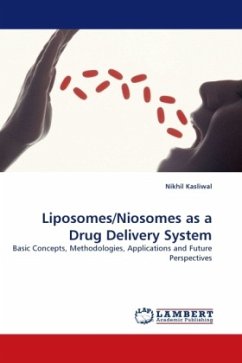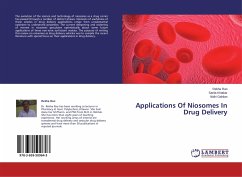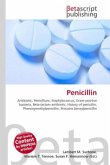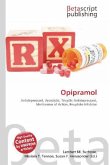Please note that the content of this book primarily consists of articles available from Wikipedia or other free sources online.Niosomes are non-ionic surfactant based liposomes. They are mostly formed by cholesterol incorporation as an excipient. Other excipients can also be used. Niosomes have more penetrating capability than the previous preparations of emulsions. They are structurally similar to liposomes in having a bilayer, however, the materials used to prepare niosomes makes them more stable and thus niosomes offer many more advantages over liposomes. Niosomes are lamellar structures that are microscopic in size. They constitute of non-ionic surfactant of the alkyl or dialkyl polyglycerol ether class and cholesterol with subsequent hydration in aqueous media. The surfactant molecules tend to orient themselves in such a way that the hydrophilic ends of the non-ionic surfactant point outwards, while the hydrophobic ends face each other to form the bilayer. The figure in thisarticle on Niosomes gives a better idea of the lamellar orientation of the surfactant molecules.
Bitte wählen Sie Ihr Anliegen aus.
Rechnungen
Retourenschein anfordern
Bestellstatus
Storno








